How Old Does a Pig Have to Be to Breed? (Optimal Age)
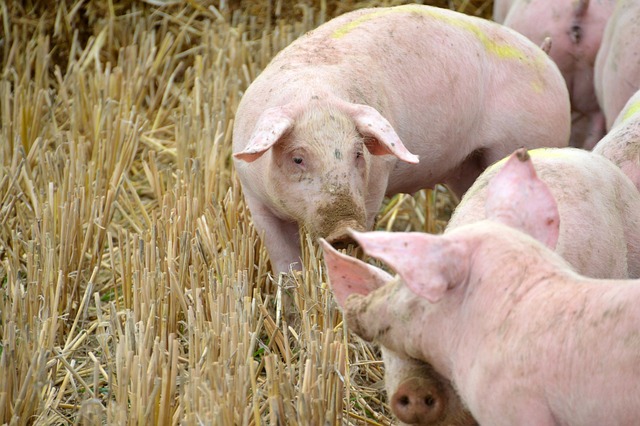
So, you're eager to start breeding pigs for profit, huh?
Can't blame you - there's money to be made in those adorable snouts. 😊
But how old does a pig have to be to breed?
Trust me, I've been there too, feeling all antsy and frustrated.
Well, in today's guide, I've got the answers you've been craving.
Stick around, or else you might miss out on some serious piggy potential.
Better act now, before you let those profits slip away.
Optimal Age for Breeding Pigs and Boars
The optimal age for breeding pigs and boars is around 6-7.5 months. It is important for them to reach puberty before mating to ensure their reproductive systems are fully developed. Additionally, boars and gilts should be bred on their second or third heat for increased ovulation rate.
Breeding pigs and boars isn't a one-size-fits-all situation, my friend.
You see, it all depends on individual factors and the breed of these fine animals.
Now, listen up.
To impregnate a female pig, those male pigs or boars need to be at least 6 months old.
However, successful breeding usually starts around 7.5 months of age.
Got it?
So if you're thinking about starting a pig breeding operation, ensure you keep these time frames in mind.
Moving on, let's talk about gilts, those lovely young female pigs.
Ideally, they should be bred on their second or third heat cycle.
This gives them a better ovulation rate after they hit puberty.
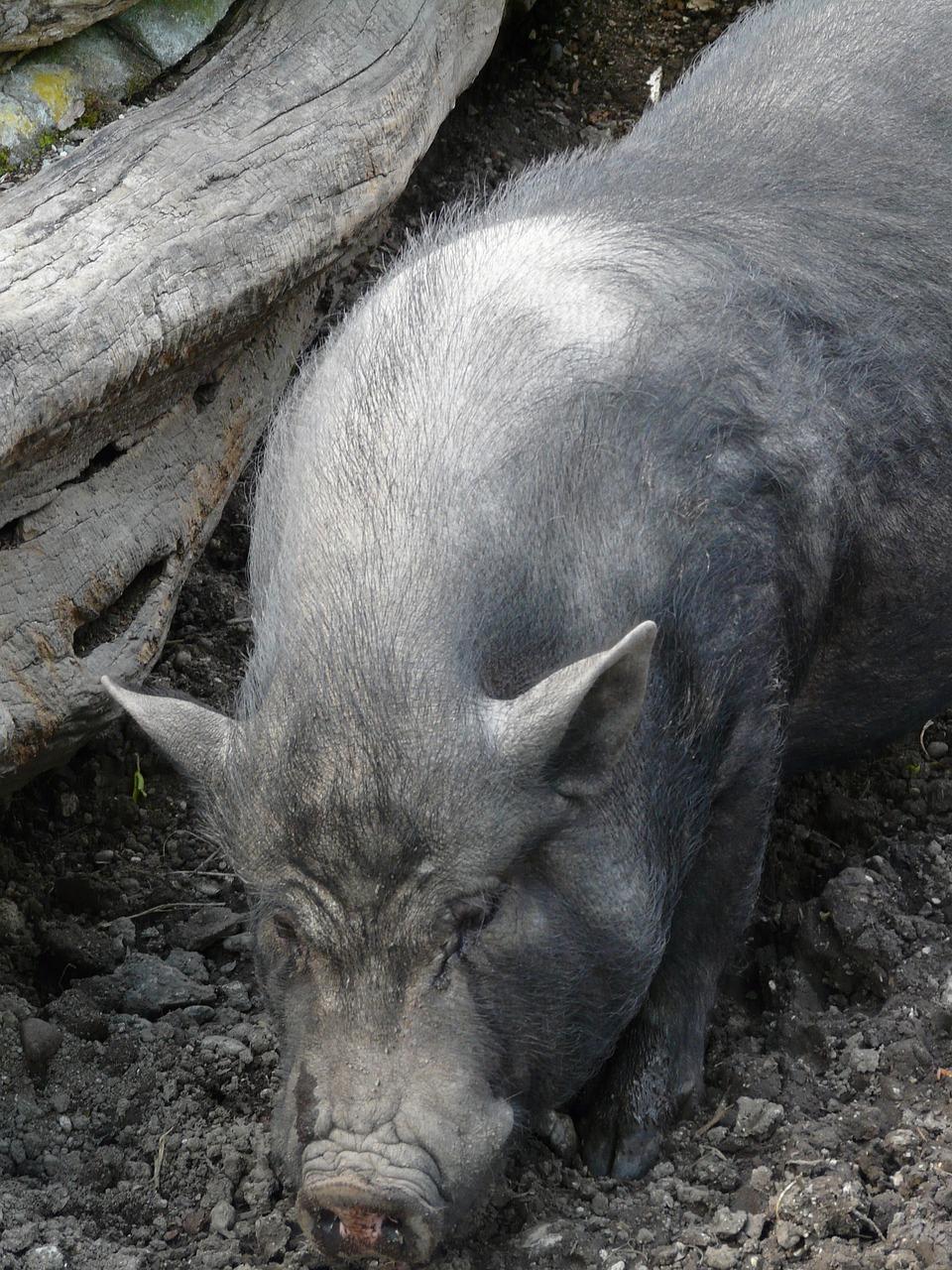
Usually, the folks who sell you the boars and gilts wait until they're about 5.5 months old.
So, give them some time to experience a couple of heats before getting them into the breeding process.
Generally speaking, gilts are ready for breeding when they're around 6-7 months old.
Keep that in your back pocket.
And pay attention here—the moment those gilts reach market weight or get mated for the first time, you can add them to your monthly inventory. But just remember, their age at first mating should always be under 7.5 months.
I know, it may feel like there's a lot to take in, but trust me – it's vital to think about the health and well-being of your pigs while maximizing reproduction success.
See, age alone won't cut it.
You also need to consider other factors such as the pig's weight, breed, and overall condition to determine the right time for breeding.
So, if you're considering the art of pig breeding, it's best to consult professionals in the field and keep a close eye on the beautiful creatures' development.
By doing so, you'll boost your chances of piglet production success and keep those pigs happy and healthy. Simple as that.
Main points I'll expand upon further down this article:
- Female pigs show clear signs of interest when they are ready to breed.
- Consider the physique of the male pig for strong, healthy piglets.
- Ovulation occurs approximately 36-40 hours after the start of standing heat.
- Duration of heat can determine if a female pig is pregnant.
- Confirmation of pregnancy can be done through physical changes.
- Weaned litter size should be greater than 9.5 for optimal breeding.
- Factors affecting breeding age include flushing, heat induction, and light exposure.
- Select boars and breeding gilts carefully for high-quality herds.
- Health and nutrition are important for breeding pigs' well-being.
- Monitoring productivity and evaluating breeding herds is crucial for success.
And now, let me tell you how to determine if your pigs are ready for breeding by closely observing their physical indicators.
Here's what I've learned!
Physical Indicators of Breeding Readiness in Pigs
Key indicator: Vulva swelling in female pigs
When breeding pigs, keep an eye out for vulva swelling in female pigs.
It's a clear sign that they are ready to breed.
So, watch closely if you want successful breeding.
Male pig's physical condition matters too
Breeding readiness isn't only about the females.
Take into consideration the male pig's physical condition as well.
Remember, healthy and strong pigs result in healthy and strong piglets.
So, make sure your male pig is in good shape for the best outcome.
Understanding the signs of ovulation and pregnancy
Once both the male and female pigs are ready for breeding, you need to know when it's the right time.
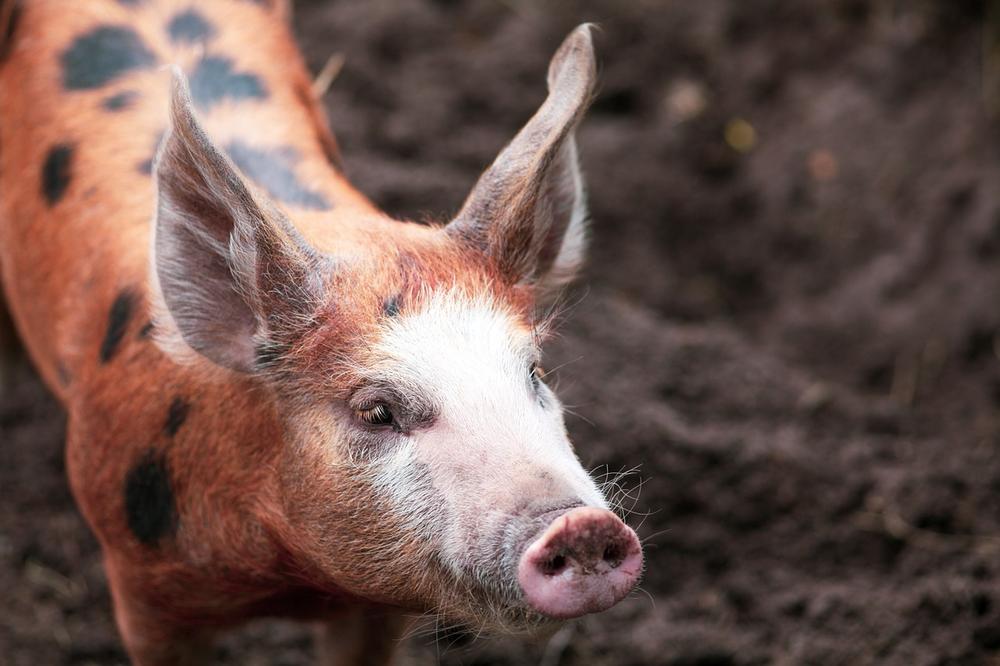
Ovulation usually occurs around 36 to 40 hours after the onset of "standing" heat.
This means your pig is ready to mate.
To determine pregnancy, observe physical changes like an upward-pointing clitoris, weight gain, a swollen belly, and enlarged breasts.
These signs usually last for 1-3 days, confirming that your pig is indeed ready to breed.
Also, aim for a weaned litter size greater than 9.5 piglets. Quality should be prioritized over quantity during the breeding process.
Keep this in mind for success.
And now, let's explore some other important factors that can impact the appropriate age for pigs to start breeding.
Factors Affecting the Breeding Age of Pigs
When it comes to pigs reaching the age for breeding, there are several considerations you should bear in mind:
- You must avoid overcrowding and frequent mixing to prevent social stress, which can delay sexual maturity in female pigs.
- The flushing method is a technique where you increase feed before breeding to improve ovulation rates.
- After giving birth, you should induce heat in the sows so that they don't miss any breeding opportunities.
- Moving or mixing gilts can actually delay their puberty, whereas exposure to boars can advance it.
- Light exposure also plays a role in pig fertility. Some studies suggest that increasing light can help decrease the age at which they reach puberty and increase litter size.
- When mating gilts, it's best to do so on their third observed estrus to maximize the chances of having larger litters.
- Meeting certain benchmarks for reproductive performance is important. For example, having more than 10.9 live piglets per litter and reducing the time between weaning and the next estrus to less than 7 days.
- Following local animal welfare regulations is absolutely crucial if you want to maintain a successful pig pregnancy rate of 75% to 90%.
- Choosing boars carefully is essential as they have a significant impact on the quality of the herd. It's best to house them individually due to their aggressive nature.
- Ideally, breeding gilts should have their first litter before being bred again. However, if replacements are needed, you can mate them on their first estrus using herd boars instead of expensive semen.
Considering these factors will help you establish and maintain a high-quality pig herd.
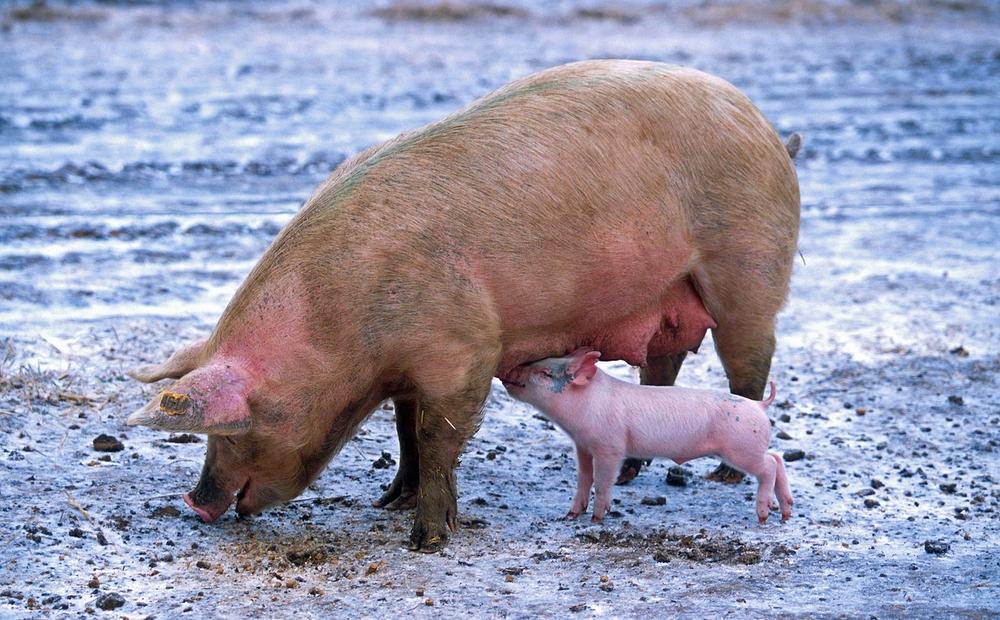
And now, let's shift our focus to the essential aspects of maintaining the health and well-being of breeding pigs!
Health and Nutrition for Breeding Pigs
Make sure you get your pigs vaccinated. It's really important for their breeding.
Take care of their health and prevent disease during mating.
By doing this, you're not only keeping the breeding pigs healthy but also their babies.
Don't forget about proper nutrition and care for the pregnant pigs too.
Giving them the right food supports their well-being and helps the offspring grow properly.
Keep an eye on their feed intake to ensure they're getting enough.
If they don't, it might delay puberty a bit.
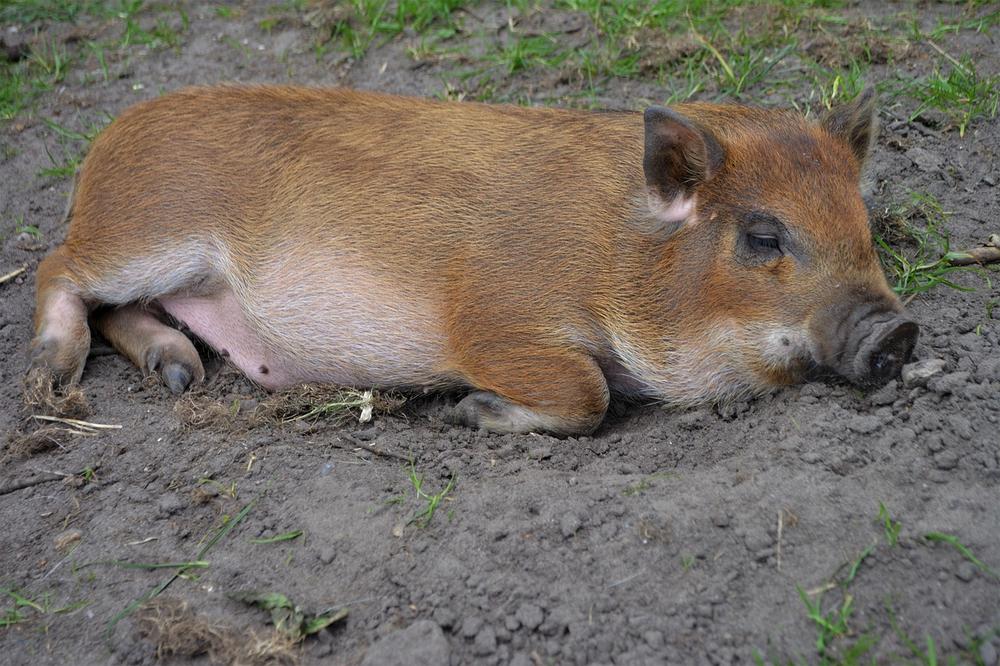
Once they reach the right weight for market, limit their weight gain to half a kilo per day.
This prevents obesity and problems with their ovaries.
Taking care of pregnant pigs means giving them enough food, water, a comfortable room temperature, and plenty of space.
Just so you know, raising pigs can be expensive. You need to budget around $600 for things like food, water, housing, meds, treatments, and licenses.
It's really vital to monitor the females that are no longer useful for breeding, as well as young pigs and any abnormalities during pregnancy.
This helps improve productivity.
For the best results in breeding, try to keep stillborn piglets below 5%, mummified piglets below 0.5%, preweaning mortality under 8%, sow mortality under 2%, and postweaning loss under 2%.
And now, let's delve into strategies that can maximize breeding and birthing frequency for an optimal number of litters per year...
Breeding and Birthing Frequency
If you want to increase breeding and birthing frequency, here's what you can do:
- To make female pigs breed more often, you can manipulate their hormone levels to mimic their natural heat cycle. This will encourage consistent breeding.
- Instead of physically bringing the females and boars together, you can use artificial insemination techniques. This allows you to choose specific boars for breeding.
- You have to have a good ratio of boars to females. Ideally, one boar for every 40-50 females is recommended. Adjust this number if you have more pigs.
- After mating, pregnant females should have daily contact with a boar for about 25 days in the mating area before moving to the gestating area. This helps improve breeding success and maintain pregnancy.
- When assessing your production statistics, include gilt litters in your calculations. This will give you a better understanding of in essence productivity.
To track productivity, calculate metrics like Piglets Weaned per Sow per Month or Finished Animals Marketed per Sow per Month in a large continuously farrowing sow unit.
Aim for at least 22 piglets weaned per sow per year, 2.4 litters per sow per year, keep nonproductive sow days below 50, and maintain a farrowing rate above 85%.
But wait, there's more to consider when it comes to breeding pigs!
Genetic diversity plays a vital role in maintaining a healthy population and avoiding excessive inbreeding.
Let me share with you some important insights...
When you're breeding pigs, there are a few things you should keep in mind:
- Make sure you mix up the genes to maintain diversity.
- Don't get too close between relatives when mating.
- Before breeding, bring mature pigs into the mix.
- For superior genes, consider mating purebreds.
- Opt for exceptional purebred individuals for crossbreeding.
- When it comes to breeding, go for individuals less related than your average breed.
- Inbreeding can concentrate both the good and the bad traits.
- Watch out for those recessive genes from inbreeding that can cause unwanted stuff.
- Inbreeding isn't great for litter size, mortality rates, or milking abilities.
- Mix it up with crossbreeding to introduce new combinations of genes.
- The result of crossbreeding is better performance thanks to what's called hybrid vigor.
To ensure a pig population with varied genes that is free from the negative effects of breeding within the same lineage, it is important to consider these factors.
And that's all for today folks.
But before you leave, I have a quick question for you: Did my blog post help you out? If it did, I would truly appreciate it if you could share it with your loved ones. You can easily click on any of the social media sharing icons to instantly spread the word. Thank you so much!
Until next time,
-Chris Campbell